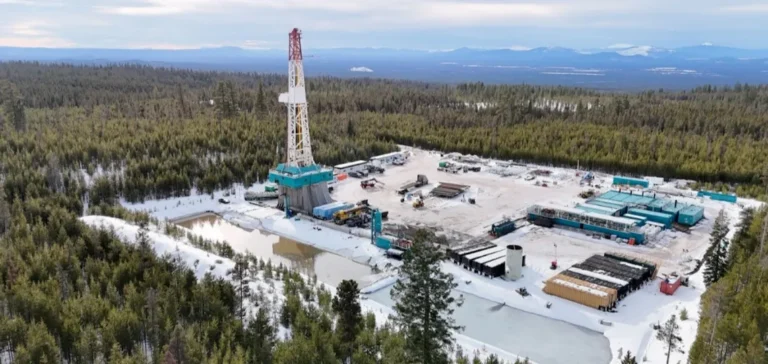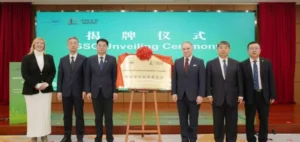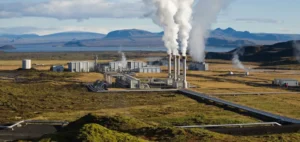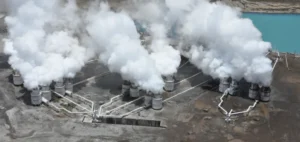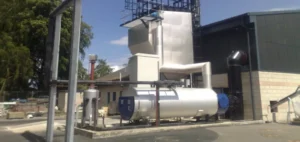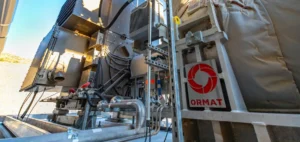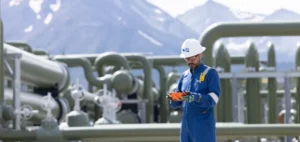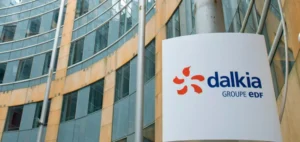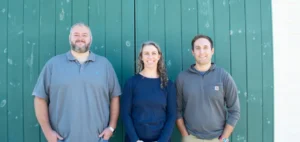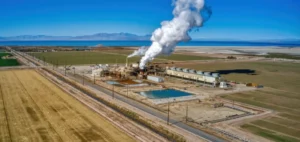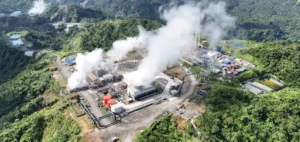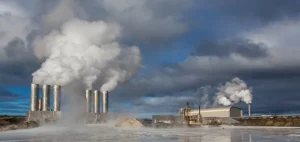Mazama Energy, a company backed by Khosla Ventures and Gates Frontier, announced it had reached a record temperature of 331 °C (629 °F) at its pilot site in Newberry, Oregon, through its Enhanced Geothermal System (EGS). This development sets a new technical benchmark for the geothermal sector, positioning the company to deliver carbon-free baseload electricity at under five cents per kilowatt-hour.
A continuous energy solution for critical loads
As global energy demand increases due to the growth of data centres and artificial intelligence applications, Mazama is highlighting a system capable of delivering uninterrupted power regardless of weather conditions. The company is developing a high-temperature drilling platform that enables the exploitation of resources above 300 °C, offering higher energy density than intermittent renewables such as wind and solar.
“With geothermal, you get global, round-the-clock energy that is carbon-free, cost-stable, and grid-independent,” said Sriram Vasantharajan, Chief Executive Officer of Mazama Energy. The deployed engineering is expected to reach deeper and more complex rock formations than previously accessible.
Technological validation and industrial development
The Newberry pilot project successfully connected two slightly deviated wells, confirming the viability of the EGS reservoir. Dr John McLennan, Reservoir Management Lead at the Utah Frontier Observatory for Research in Geothermal Energy (Utah FORGE), noted that this achievement had been anticipated for nearly fifty years in the sector.
Next steps include a 15 MW pilot project planned for 2026, followed by a 200 MW expansion at the same site. Mazama also plans to drill into so-called SuperHot Rock formations, exceeding 400 °C, using proprietary materials and techniques, aiming to multiply energy density tenfold while reducing water use by 75% and the number of wells by 80%.
Operational performance and technological innovations
The drilling campaign achieved penetration rates of 100 feet per hour, with an average of 76 feet per hour through complex formations such as granite, basalt and granodiorite. No incidents or technical failures were reported during the operation, conducted at a remote, high-altitude site.
The company also validated its patented Thermal Lattice™ process, designed to enhance fracture connectivity in extreme geothermal environments. Advanced monitoring tools, such as fibre optics and chemical tracers, were used to map fractures and monitor temperatures in real time.


